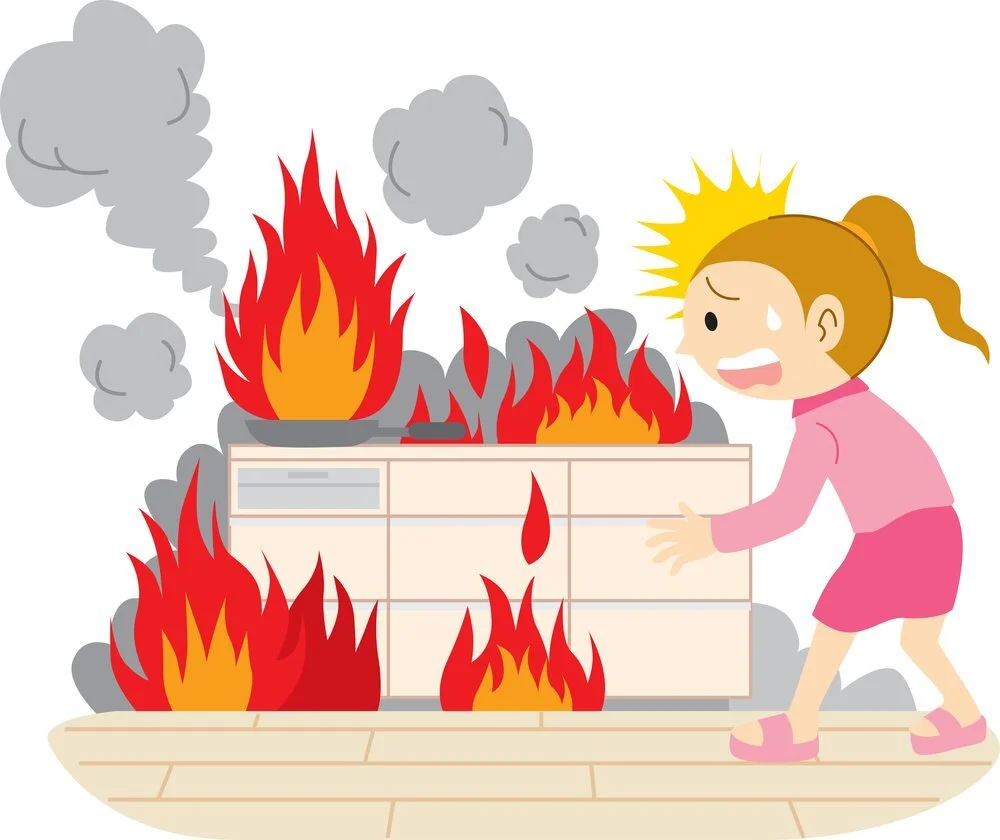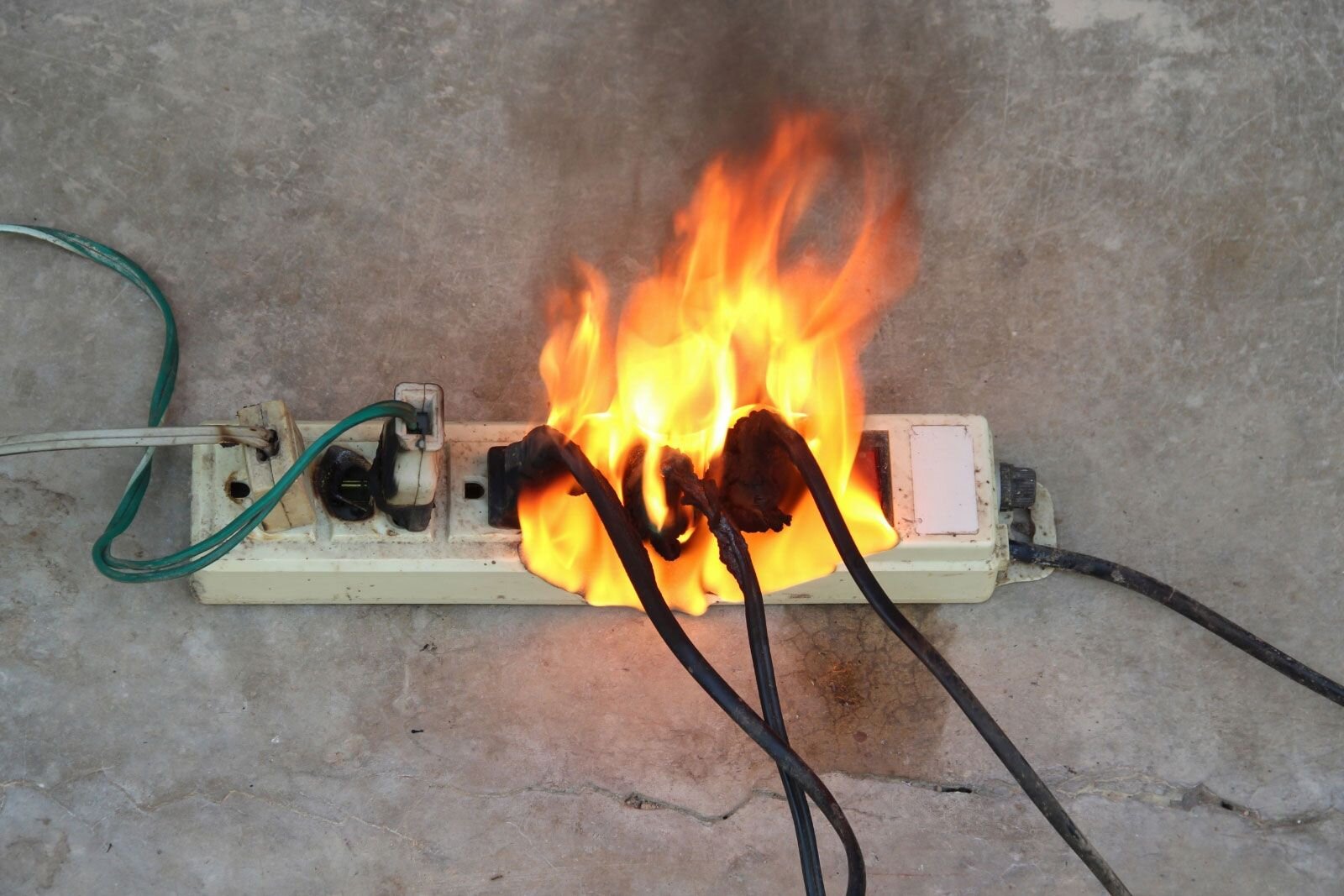Taking a look at different fuel types for different grills and what you can achieve.
Already we’re nearing the end of summer! For many of us, Labor Day is the last chance to host a big backyard party. For just that reason, we’re taking a look at grills.
To many of us, a grill is a grill. You light the fire somehow, and you toss food on. You make sure to flip it occasionally, and you don’t let it burn. Then, yay, you have food. For those who are skilled in cooking with a grill, this is a gross simplification. After talking with experts we learned how different grills can actually be used to achieve a different effect. We aren’t talking models, but instead styles. The bells and whistles don’t matter here.
Charcoal Grill
One of the most popular types of grills, a charcoal grill is also extremely finicky. They take time to catch the flames and build up the heat needed. Usually, you need about 20-30 minutes to get a solid fire going, and you’ll need time in the end for the coals to be extinguished when you’re done cooking. The good thing about all of this time though is that whatever you cook on the grill is also going to have a rich, smoky, complicated flavor. You can grill anything you want, but steaks, salmon fillets, and as many vegetables as we can fit on the grill are our favorites. You can cook at much lower temperatures with a charcoal grill because the fire will keep going, without going out.
Gas Grills
If you’re looking for something that heats quickly and can feed a crowd, this is it. Gas grills use propane to heat quickly and evenly, but you’re still able to manage the flame to get different temperatures. A gas grill can give you a little bit of charring and a little bit of flavor. Even better they’re extremely easy to care for. So if your backyard party is large and you’re looking for the usual hot dogs, hamburgers, and corn, this is a fantastic choice.
Kadamo
Maybe you’re looking for something different though. You want something that can maintain the high temps of a gas grill and the low temps of a charcoal grill. Then what you’re looking for is called a kamado grill. These are grills that are based on ones that China developed 3000 years ago. It can hold a temperature of 225*F or go as high as 1000*F. They use lump charcoal for fuel, just like a charcoal grill, but their shape and composition allow them to get far hotter. Unlike a gas grill though, it’s capable of not just grilling foods, but also smoking, roasting, and even baking.
Pellet Grill
Pellet grills are easy to use and heat up quickly, which makes them great for weeknights. However, we will point out they don’t get much about 475*F at their highest. This means that if you’re wanting them to sear your meat, you might look at something else. Many of them do have a digital thermostat though that allows you to specify exactly what temperature you want them to hit. A major downside, for us at least, is the difficulty of finding pellets compared to propane or charcoal. You might be able to if you live in a major area, but not if you plan on taking it with you when you travel.
Now that you’ve got your preferred grill selected, let’s quickly talk about fire safety. (We know you know, but humor us, ok?) Every year outdoor cooking fires account for $37 million in property damage. So to prevent your home from being on this list, here are a few things you can do.
Make sure you don’t have anything too close to the grill. If it can fly, flap, or be shoved by wind, move it at least 3 feet away from the grill.
At the beginning of the day and again at the end, take a few minutes and clean out the grease trap. Doing this can prevent your grill master from getting burned.
If it’s lit, don’t leave it unattended. If you need to step away, switch places with someone else.
Make sure to have a sand bucket nearby. Yes, the food would be absolutely terrible after, but at least you won’t’ be on fire.
Follow these four rules to enjoy your next outdoor party without worrying.
Which one are you most interested in? Grills aren’t something we fix, but we do love grilled food as much as the next person, so we’re interested in hearing what you have to say. Let us know in the comments below or over on our Facebook page!
If you’re not up for grilling next weekend though, that means you’re cooking. If your range is giving you trouble, you might want to give us a call. Whether it’s broken, behaving oddly, or you just want to give it a thorough going-over, we’re here for you. You can reach out to us at our contact page or by calling us at ((214) 599-0055).
Additional Reading:
7 Reasons To Build An Outdoor Kitchen
What To Know Before You Build Your Outdoor Kitchen







